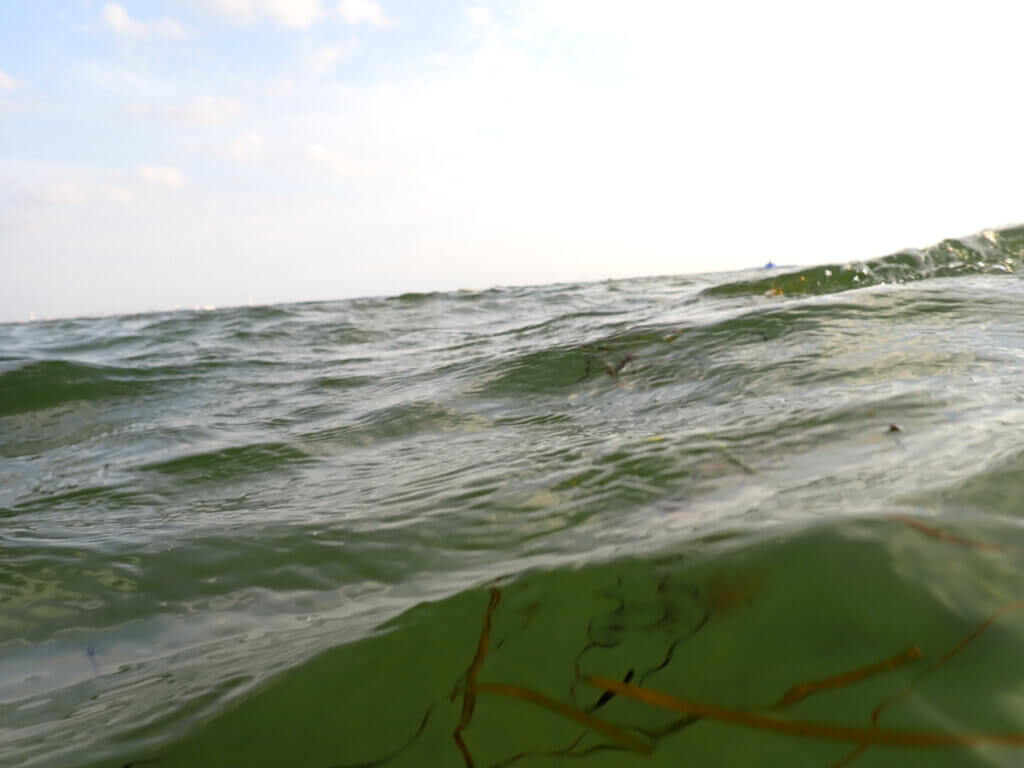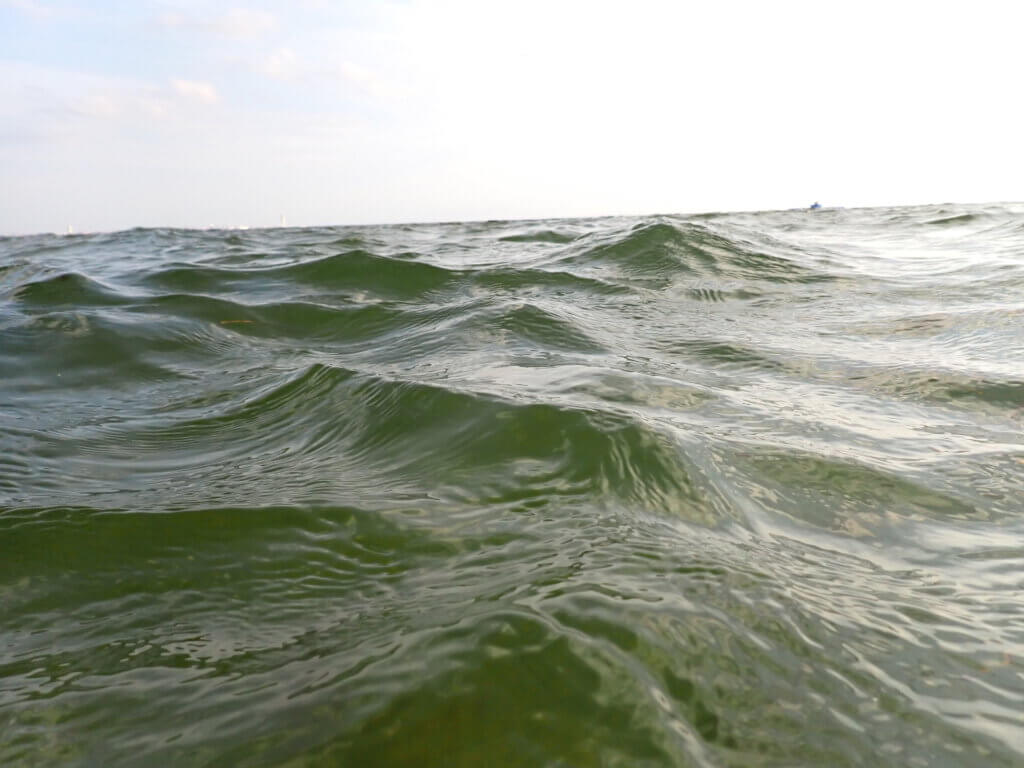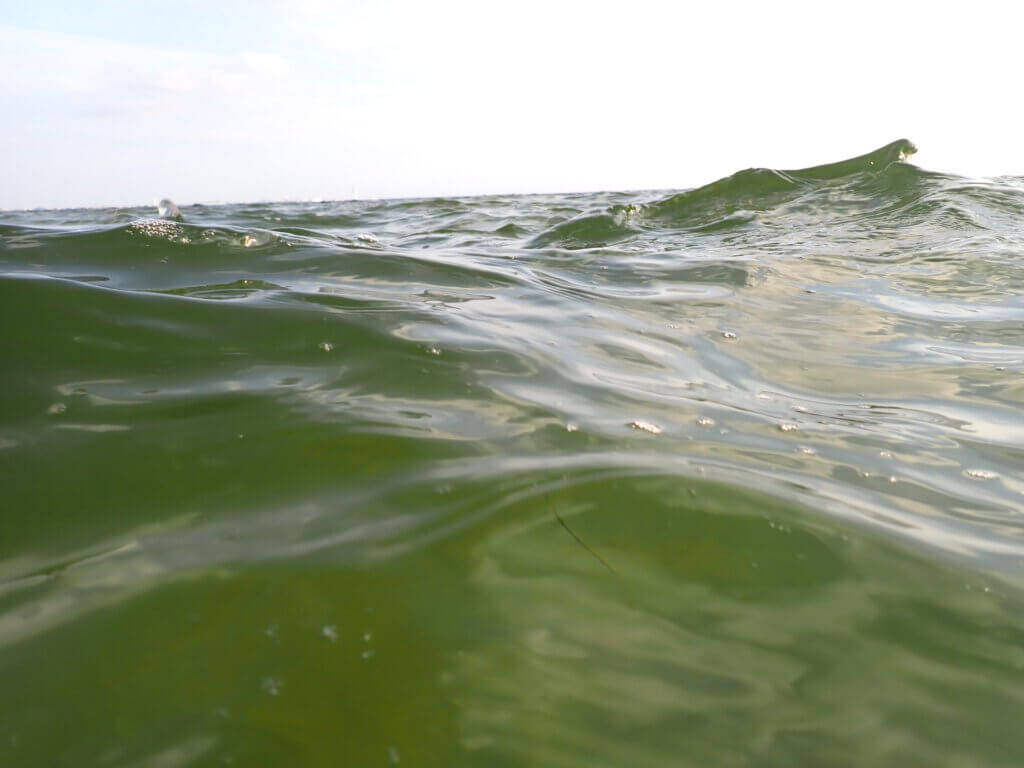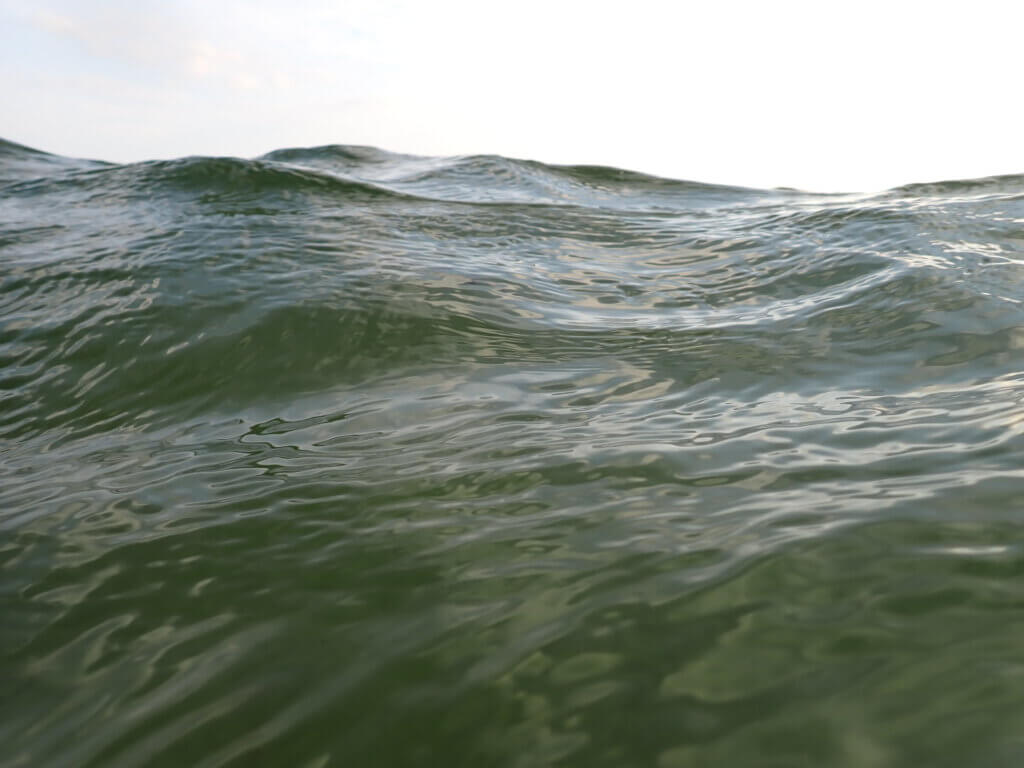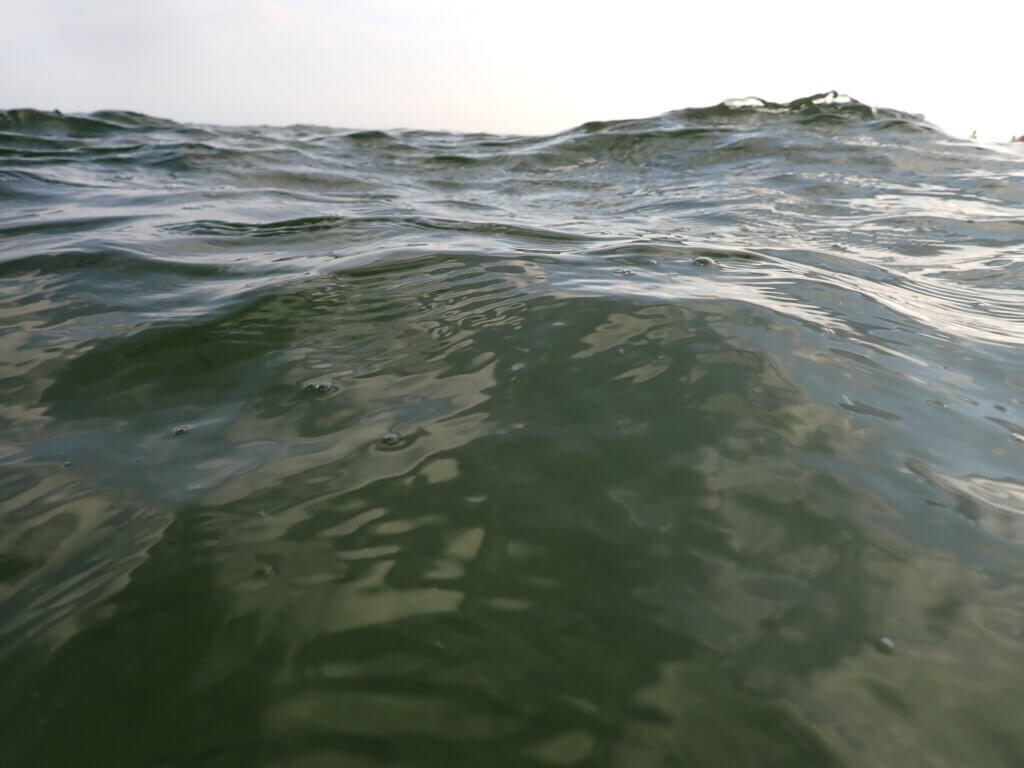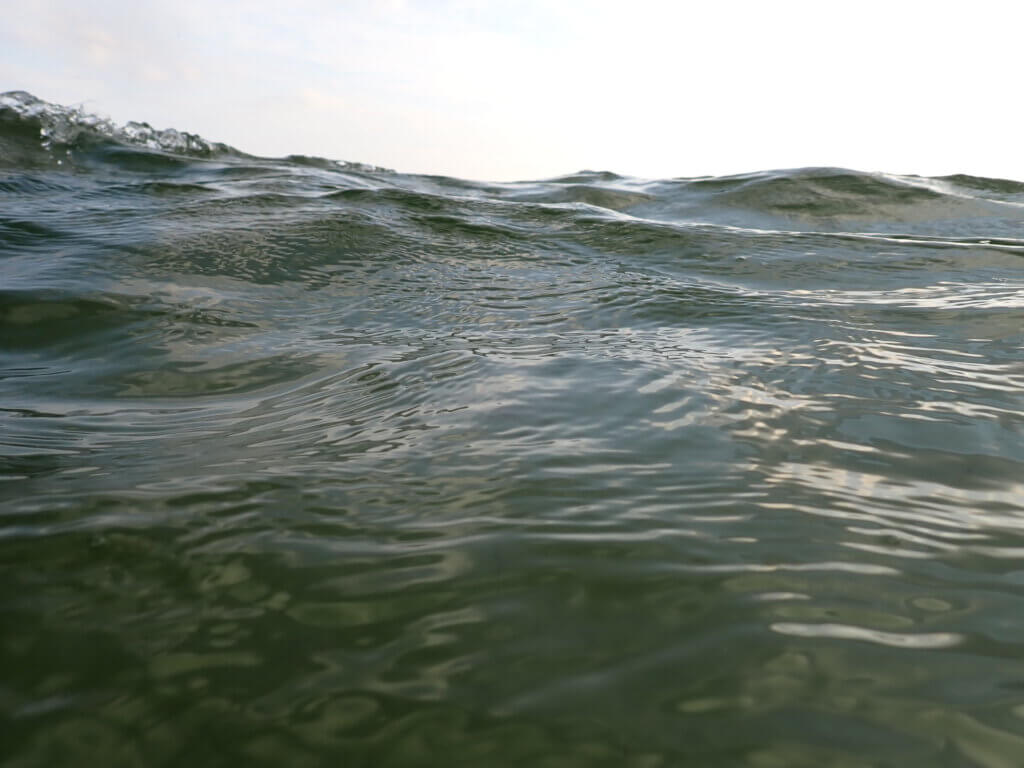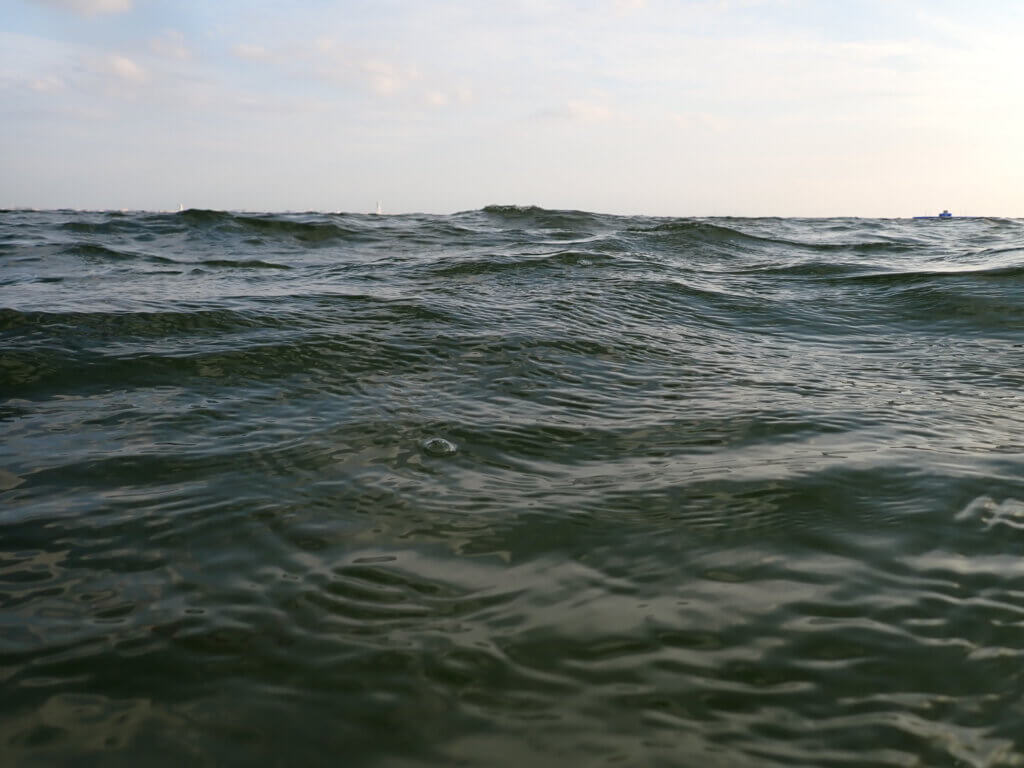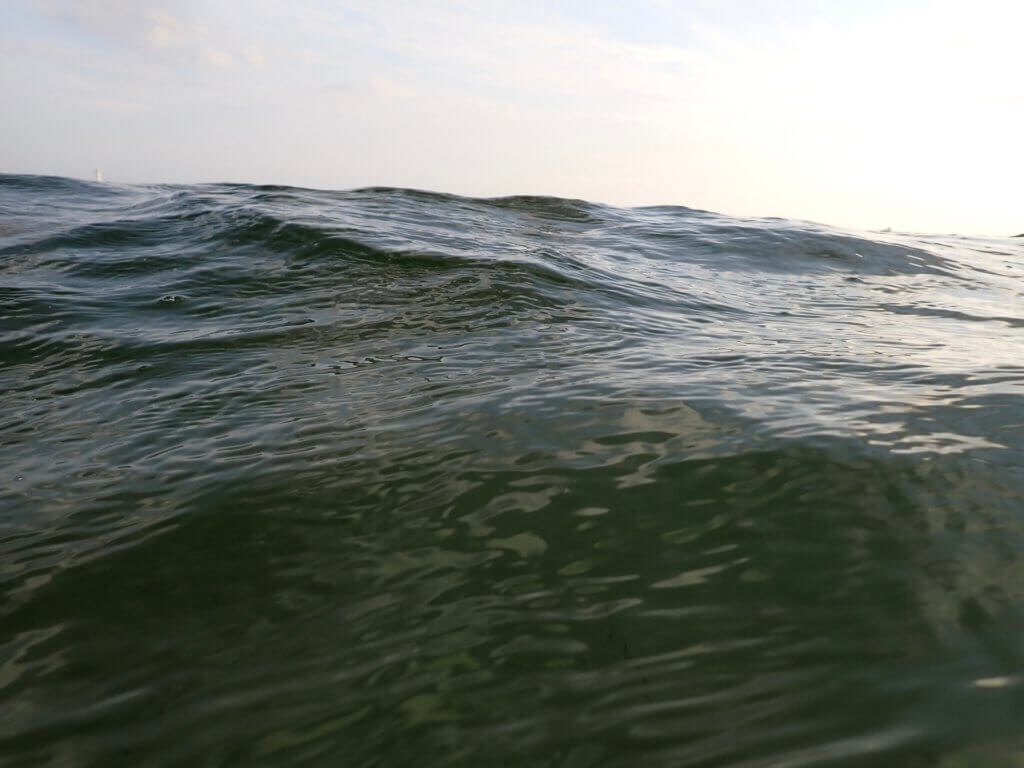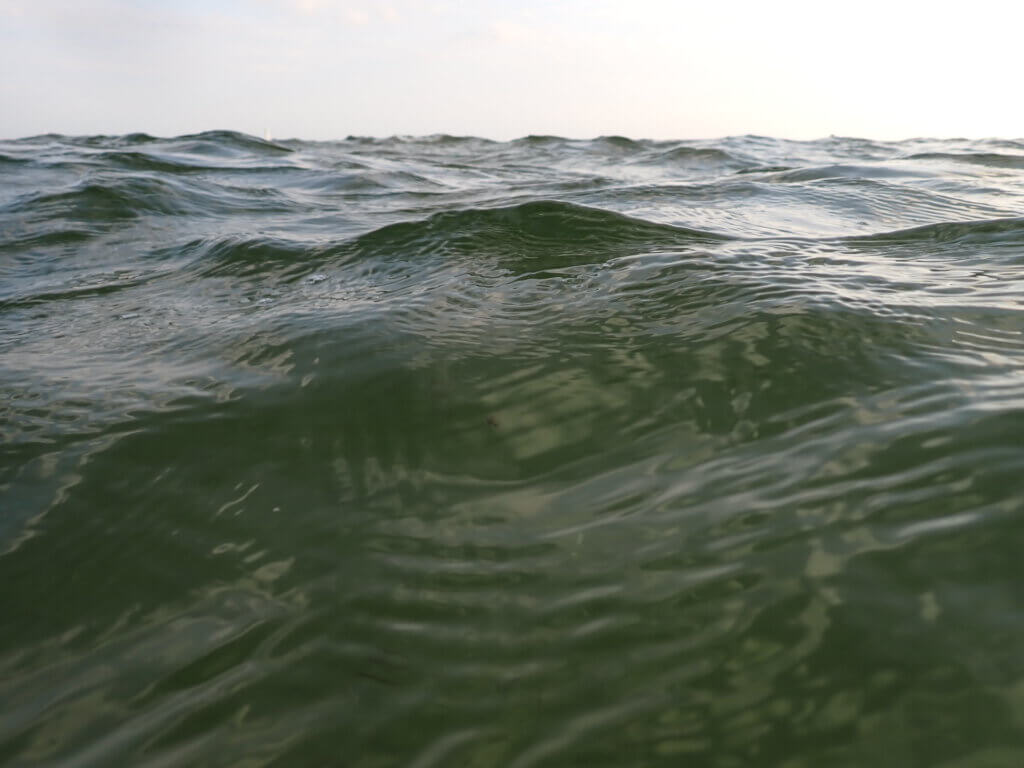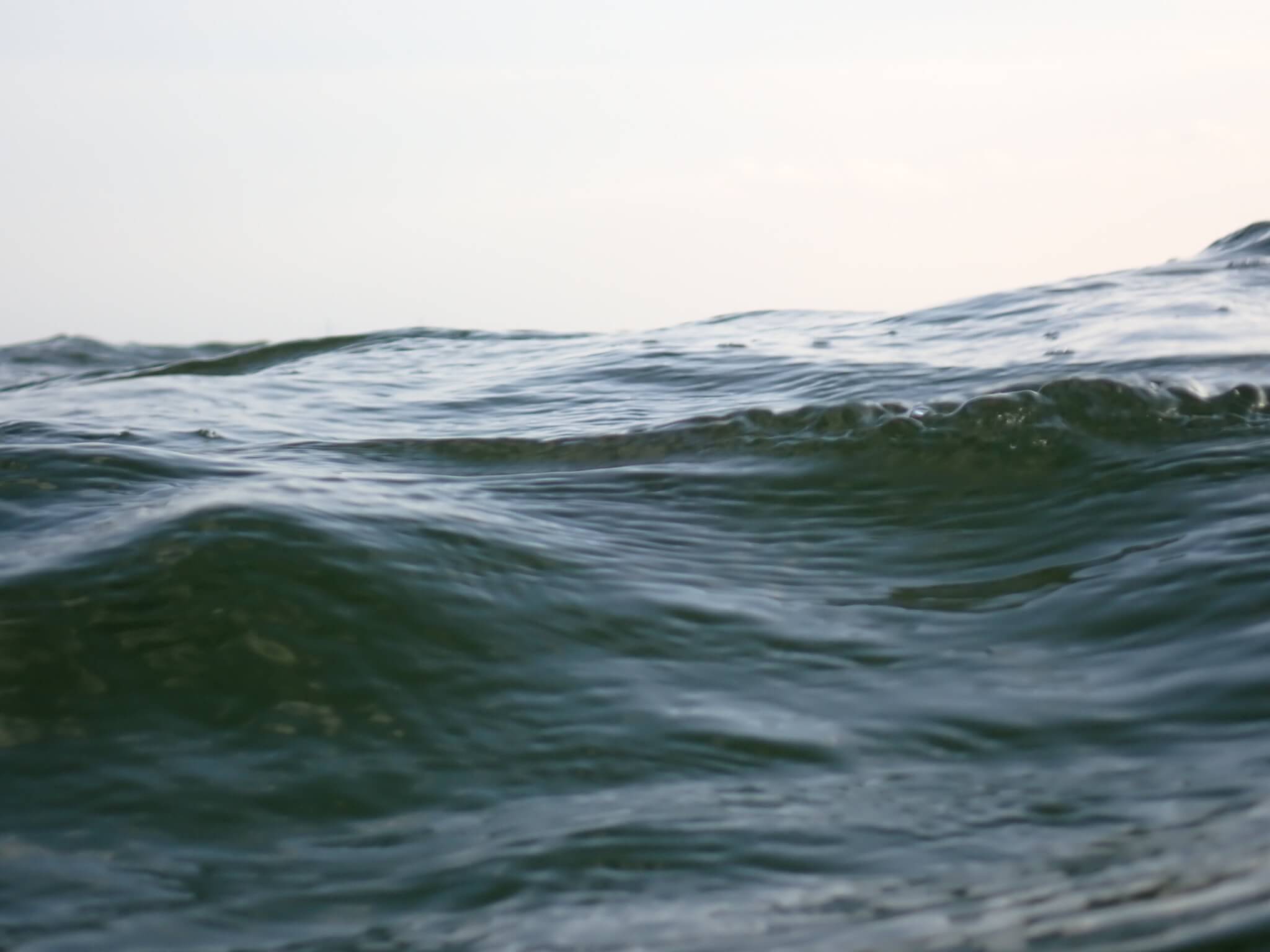
On opposable and defendable propositions as a teaching tool
I recently watched the TED talk “Dare to disagree” by Margaret Heffernan. It is brilliant in itself and the message to “dare to disagree” is super important, but what especially spiked my interest was her mentioning a practice in PhD defenses in the Netherlands that I had witnessed myself a long time ago, but since forgotten: Having to make 10 “propositions” and being ready to defend them.
She talks about Delft, so I looked up what exactly they have to do in their doctoral regulations: In a nutshell, they propose 10 “propositions” that need to be both defendable and opposable:
“It is precisely the ability to pose scientific questions oneself that is tested by the formulation of bold propositions and their defence in public. To this end, the propositions appended to a doctoral dissertation must not be only positive statements that can be defended within a certain field of science, but must also be challenging. For example, the proposition ‘the sun will rise tomorrow’ may be defendable but it is not at all challenging in the current intellectual climate and could never trigger a debate of pros and cons capable of advancing the boundaries of science. Hence, the propositions appended to the doctoral dissertation must be not only scientifically sound and defendable but also opposable. Propositions might give offence to many people if they are weak and as such they will not contribute to the academic objectives of the graduation ceremony or the good name of our University. To ensure the quality of the propositions, the supervisor is required to sign a statement confirming that the propositions are ‘opposable and defendable’.” (page 63)
The first bunch of propositions needs to be on the topic of the thesis, but then the later ones can move further and further away from the topic, and may even become “humorous”. I looked back into the PhD theses that I have from when a bunch of my peers defended their PhDs at Utrecht University, because I had this vague memory of seeing something similar in a defence, and found Erik van Sebille’s propositions in his book. His last proposition reads “the day of the defense of your PhD dissertation is comparable to your wedding day, except that you do not need to share the attention with your bride“. I remember being very confused when that came up in his defense! But I never actually understood why they did it, I thought it was just part of the ceremonial stuff that they do so differently there from what I was used to from my own university.
But long story short: I think that propositions are a great teaching tool for several reasons. People need to commit to a proposition, so they must not only have thought through arguments for and against the statement, but most likely thought of different propositions to find one that is actually strong and interesting to talk about. In the TU Delft rules, it even seems to be a matter of pride that the propositions are strong and such contribute to the good name of the university! And when people later have to defend their propositions, they might even encounter arguments that they had not anticipated.
I think coming up with propositions is also a quite difficult task. I had to — of course — google to find out a bit more about what people typically do, and found a blog post by Veronika CH where she shares her propositions, among others “equal numbers of men and women in science and technology are impossible without equal numbers of boys and girls throughout children’s toy advertisements“. That’s such an interesting proposition that — I am sure — can be discussed heatedly! What I found even more interesting is then another post on her blog, where she discusses how her propositions changed over the span of 9 months. It’s fascinating to see how ideas and priorities develop over time, and it is so nice to see a log of that happening (maybe this is why I still have a lot of very old posts on my blog that I would definitely not write that way any more. But it’s nice to see development, too!). But this also stresses the point that, at least if taken seriously, this is really very difficult and takes time! So how might we use this in a much shorter timeframe, and also with undergraduate students?
Here are some thoughts:
- Be explicit about the purpose: Practicing committing to a position and arguing for it, anticipating counterarguments and having a strategy for how to react towards them
- Make it very clear what is wanted: A challenging, positive statement that can be opposed. Here we probably need a bunch of examples, both to clarify what we want and to act as inspiration. The toy industry one, for example, could be great because it is far enough away from the topic of our course to exemplify what is wanted, without being able to be used directly
- Ask for 5 propositions initially, then indicate the strongest 3 that the students develop further, and one of those will then be used in the “defense”/exercise session where they are discussed
- It might be an idea to provide a list of propositions that students can pick and choose from if they cannot come up with something themselves. That makes it easier in the sense that they don’t have to create propositions themselves, but also harder because the opponents are much more likely to have taken the time to think through arguments for and against propositions they proposed themselves, than on short notice through a whole bunch that students propose themselves
- In contrast to the way it is used in PhD defenses in the Netherlands, we should probably not make it a public spectacle, but rather a closed exercise session with the explicit focus on learning!
I think it would be a lot of fun to develop this further! Any ideas or comments?
And with this, please enjoy some dipping pics!
Always interesting to discover what is floating in the water here…
I love how all these different length scales exist at the same time, and how even though they are on a spectrum, some are much more dominant than others.
And a little wave breaking is always pretty!
I really enjoy trying to have the lens right above the water surface to get the waves to look as tall as possible (even they really weren’t so super big, it’s all in the angle)
But again, all the different structures! And how fascinating that some wave crests can build up while we can mostly see the horizon.
Nice.
Here all the little capillary waves are in the process of dissipating since we are looking at the lee side of a large wave, so they are sheltered from the wind and aren’t getting new energy!
Similarly here, except fr the ones that are riding in front of the wave crest and are getting the energy from there
And what a cool mix of different wavelengths here!
Again, lots of groups of capillary waves on top of large wind waves
Can you spot the Turning Torso on the horizon?
Last one for today, love the checkerboard pattern of crossing capillary wave groups…
